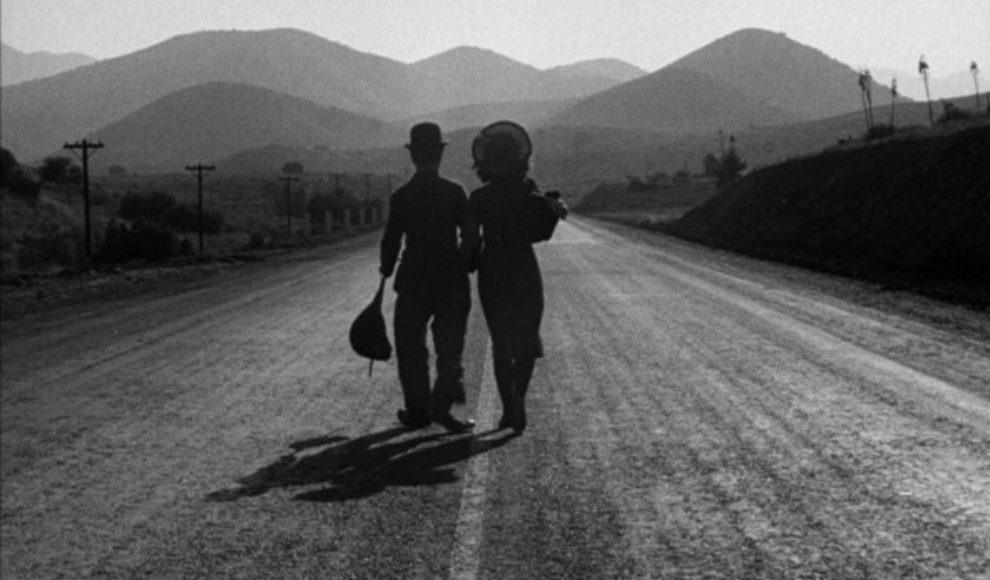The Jazz Singer
Directed by Alan Crosland
Written by Samson Raphaelson, Alfred A. Cohn, Jack Jarmuth
1927/US
Warner Bros.
IMDb page
First viewing/YouTube
One of 1001 Movies You Must See Before You Die
Opening Title Card: In every living soul, a spirit cries for expression – – perhaps this plaintive, wailing song of Jazz is, after all, the misunderstood utterance of a prayer.
Well, I waited this long to see the first talkie. It didn’t amount to much.
The Rabinowitzes have been cantors at a synagogue for four generations. The current cantor (Warner Oland) is determined that his son Jakie will follow in his footsteps. However, young Jakie sneaks off whenever he can to sing in saloons. When Dad strikes Jakie for his latest indiscretion, he runs away vowing never to return. This breaks his mother’s (Eugenie Bessemer) heart. Dad disowns Jakie.

Jakie makes it big thanks to sweetie Mary Dale (May McCoy). But just as he is headed for his first opening night on Broadway, Dad falls ill and needs to find a replacement to sing on Yom Kippur.

Most of the elements of this movie irritate the hell out of me. First, I just cannot comprehend the appeal of Al Jolson. I suppose he can carry a tune, but his delivery is completely over the top. He also seems annoyingly full of himself. I don’t think any of his songs can be called “jazz”. The story and its emphasis on long-suffering motherhood is melodramatic to the max. Just an historically important dud in my book.








 I don’t associate King Vidor with comedies but this one is quite fun. Davies is a talented comedienne. Dressler is more severe than the usual but very good. Some of the gags go on for too long near the end but I was thoroughly entertained. Well worth a try.
I don’t associate King Vidor with comedies but this one is quite fun. Davies is a talented comedienne. Dressler is more severe than the usual but very good. Some of the gags go on for too long near the end but I was thoroughly entertained. Well worth a try.












